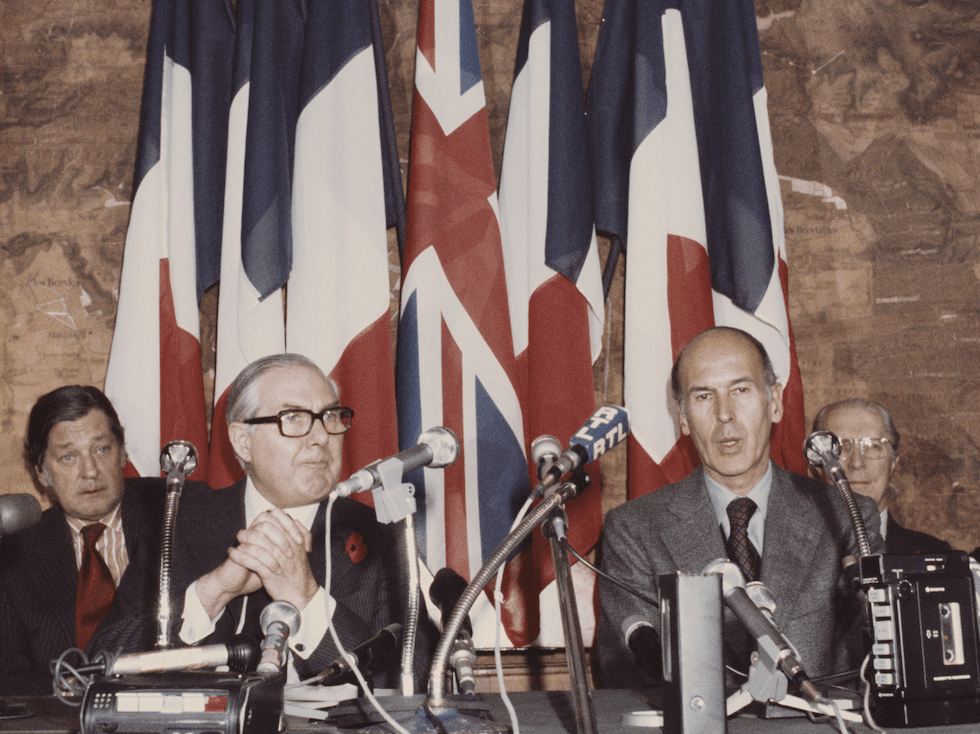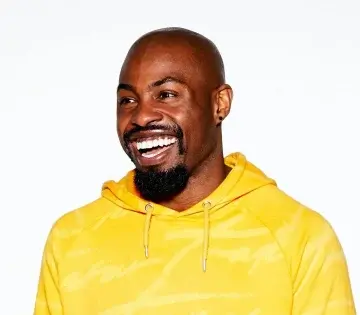
This week, President Emanuel Macron’s government of France was discovered sneakily changing the colour of the French flag. The blue of the famous tricolour was darkened to that of the blue of the French revolution, a nebulous change from Marian blue (the blue of the EU flag).
But why do countries tinker, and sometimes fully alter the design of their flags: oftentimes the most recognisable national symbol?

Europe 1 radio, which reported the story on Monday, said the move had been encouraged by Macron’s operations director, Arnaud Jolens, and adviser Bruno Roger-Petit, with a nudge from the naval officers who at the time made up the Élysée’s military chief of staff.
According to officials, the navy blue was considered “more elegant” and also was felt to “reconnect with a symbol of the French Revolution”. Others had more nefarious theories: that the darker blue, now noticeably different to the blue of the European Union flag, signalled a rift between France and Europe.
The EU flag is Marian Blue, the tone declared the official colour for the Virgin Mary in the fifth century. The French flag – regularly flown or placed next to it – was changed to match it in the 1970s when the late President Valéry Giscard d’Estaing, a staunch Europhile, was in the Élysée when it was decided to lighten the colour of the French flag to avoid a clash of blues.
The president’s aides said that the change had happened in July last year, but it appears that nobody had noticed until now. The French flag has unsurprisingly changed many times over it’s various regimes. The Vichy régime – the collaborators with the Nazis – dropped the word “republic” in favour of “the French state”, but maintained the use of the tricolore. Yet the Marshall Philippe Pétain used as his personal standard a version of the flag with, in the white stripe, an axe made with a star-studded marshal’s baton. This axe is called the “Francisque” in reference to the ancient Frankish throwing axe.

French President Valéry Giscard d’Estaing (right) and British Prime Minister James Callaghan hold a press conference at the Chateau de Rambouillet in France, after two days of talks, 13th November 1976. (Photo: Fox Photos)
During this same period, the Free French Forces used a tricolore with, in the white stripe, a red Cross of Lorraine. This red cross of Lorraine has recently also been used by Macron in flags for regional governments.
Macron is a man of symbolism, and the suggestion that he is unaware of the thematic changes that come with tinkering with the flags is utterly fanciful.
Over history, various other flags have changed, most often in post-colonial reckonings of a country’s identity. Many countries have held referendums, for example, on the removal of the Union Jack from the top left of flags (the Canton) after secession from the United Kingdom.
In 2016 a referendum was held in NZ, to change the Flag. It failed (56% voting for current), the current glag was chosen over the competitor (Silver Fern) which was this:

Notably, Canada changed its flag from a version of the Red Ensign to the current Maple Leaf Flag on February 15, 1965, following a prolonged debate. Sometimes, revolutions can be the mustering change, for example in the case of Libya, who for years were considered by vexillophiles to have the most boring flag of them all: a green rectangle. When the revolution threw out the authoritarian regime of Muammar Qaddafi, they resurrected an old flag from the Kingdom of Libya which existed between 1951 to 1969.
In terms of countries, some flags can be directly linked to the existing configuration of a country. Others, though, may have a loose connection to their country’s status, e.g. Tricolors usually only have national colours but no complex meanings or symbols. Therefore flags of countries which have a looser significance to a country can be more easily and secretly tinkered with, just as we have seen with that of France. Countries whose flags represent geopolitical histories or alliances are much more controversial.
Consider thus, what would happen if one of the states in the United Kingdom seceded (most likely Scotland or Northern Ireland).
What could a new UK flag look like?
The Flag of the United Kingdom of Great Britain and Northern Ireland is currently this:

The ‘Union Flag’ (or Union Jack) is a the combination of the flags which represent the Kingdoms which united into the drearily named … United Kingdom.
In the event of one of the nations leaving the UK, though revolution would likely ensue, but perhaps in the way of Edmund Burke, the flag may look like this.
If it was just England and Wales …

… or if it was England, Wales and Northern Ireland (with the Irish Saltire still off centre) …

… or a reversion to the ‘King’s Colours’ if only Northern Ireland leaves…

The complexity of changing the Union Jack would be more than the logistics of a simple redesign. The difficulty would be the furore surrounding the loss of such a perfectly crafted and ubiquitously marketable symbol.

Flag of Denmark
The oldest flag in the world is the Flag of Scotland, which originated in 832 AD, during a battle fought in the dark ages. Referred to as the Scotland Saltire, Saltire, or St Andrew’s Cross, it uses a white cross on an azure background. Its design is bold and unique: a simple blue field and white saltire. This is not the oldest continuously used flag in the world, though, since it is now compositely within the Union Jack.
The flag that has remained for the longest time unchanged and untouched is that of Denmark, an off-centre white Scandinavian cross on a crimson background. It has been unchanged since 1370. The flag of one of the most peaceful countries in the world, one can’t imagine it changing ever again.



1 Comment
The Saltire is and has always been used as the flag of Scotland and joining with the United Kingdom did not stop it being the flag of Scotland and used as such.